motuoxian specialty
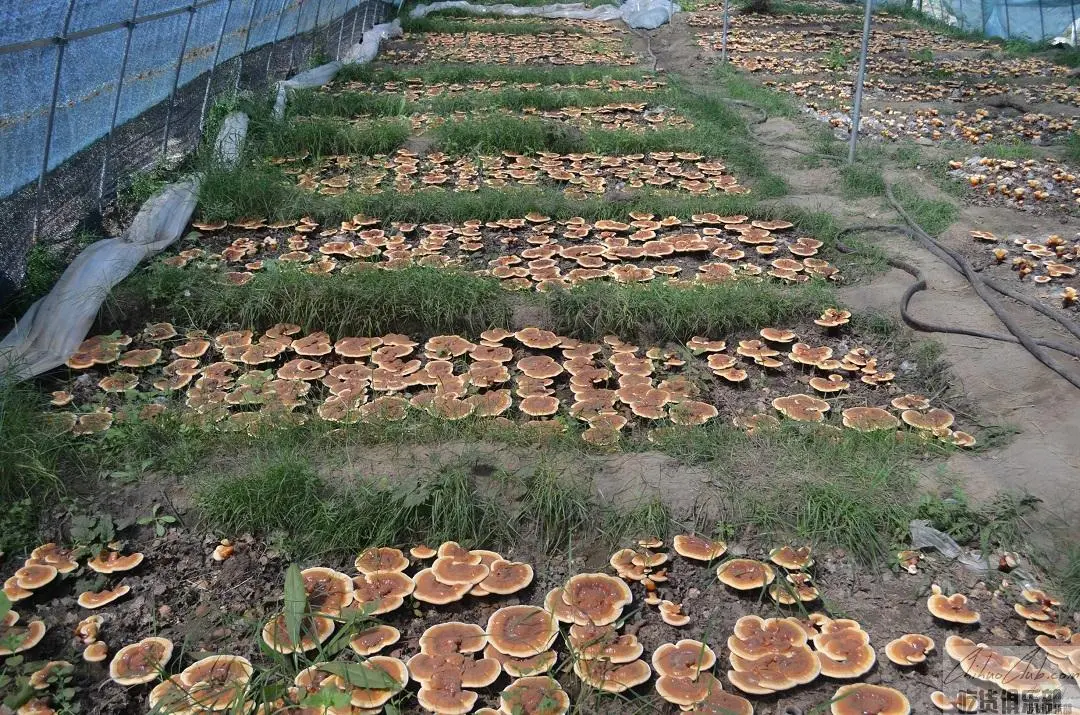
Linzhi Lingzhi is a white meat Linzhi produced in the green and pollution-free environment of Linzhi City, Tibet, at an altitude of 1200 meters to 3,500 meters. Because of its special environment for high altitude, large temperature difference and strong sunlight, its active ingredients and biological activity are much higher than other similar drugs, which can effectively expand coronary arteries, increase coronary blood flow, and improve myocardial microcirculation. Enhance the supply of oxygen and energy to the body and improve the immune function of the body. As early as 1700 years ago, the folklore of the Chinese people was able to return to life and was widely used in traditional Chinese medicine and Tibetan medicine treatment.
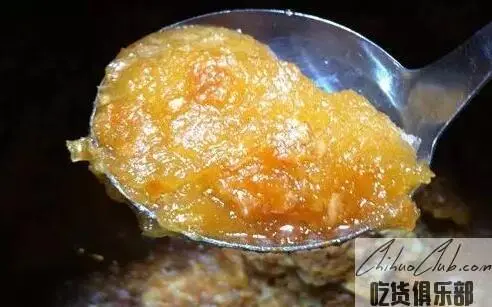
Linzhi honey, from the Yarlung Zangbo Grand Canyon, which is more than 3,000 meters above sea level, has strong light, original ecology and no pollution. Honeybees collect honey when the wild Tibetan medicines are flowering. The honey contains "medicine" with a variety of valuable Tibetan medicine ingredients and health care effects. The natural plateau flowers and Tibetan medicinal materials collected from "Pharmaceuticals" include Sanqi, Rhodiola, Coptis, Motherwort, etc. Therefore, the precious and rare of Nyingchi honey is incomparable to other brands of honey. The taste of Linzhi honey is also very special, sweet but not greasy, silky lubricated, fine crystal, and Tibetan medicine ingredients.
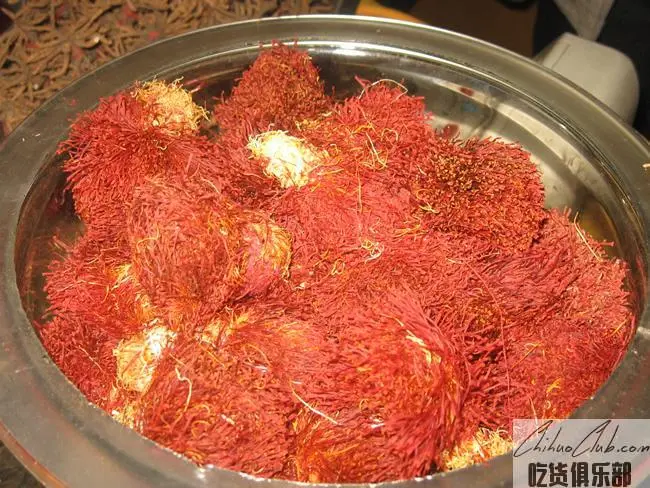
The price of saffron is very expensive and has the reputation of “red gold”. Its unique scent has a very comfortable feeling, and its brewed water is golden yellow, bright and noble, once known as the color of the emperor. The saffron was originally produced in the Western Regions, hence the name saffron. Later, it was introduced to India from the Mediterranean coast. It was also a saffron, and it was introduced into China from India through Tibet. It is also called saffron. In fact, Tibet did not produce saffron in early years. The success of introducing saffron in Shannan, Lhasa and Changdu areas has been a success in recent years.
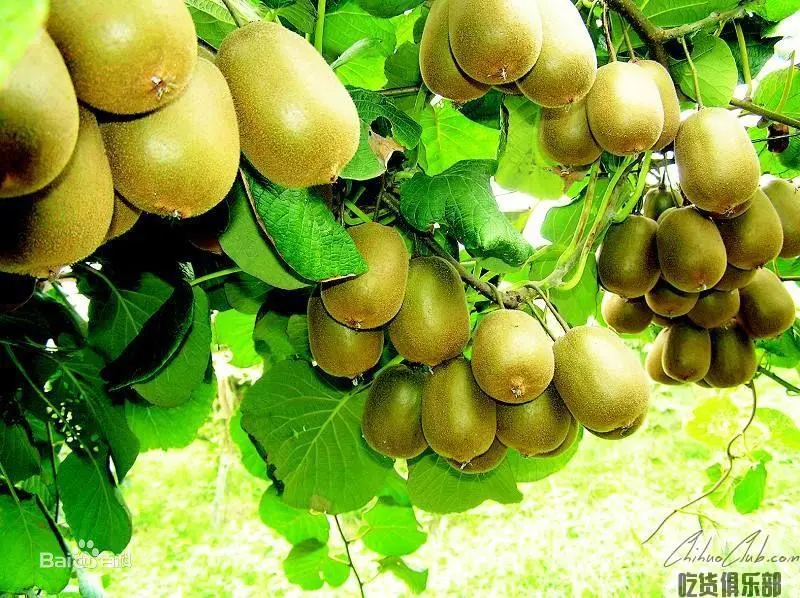
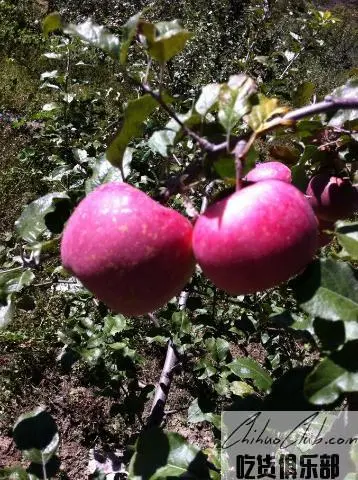
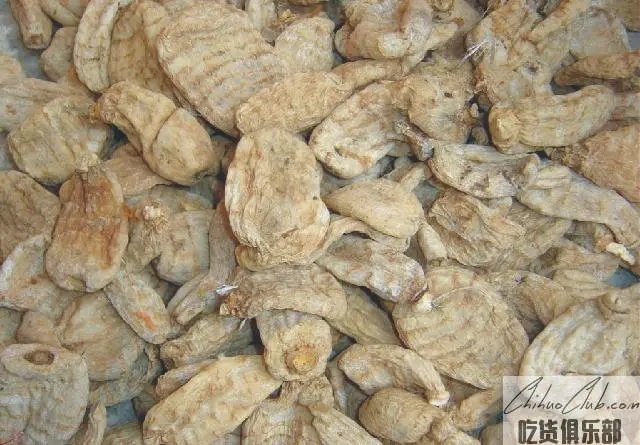
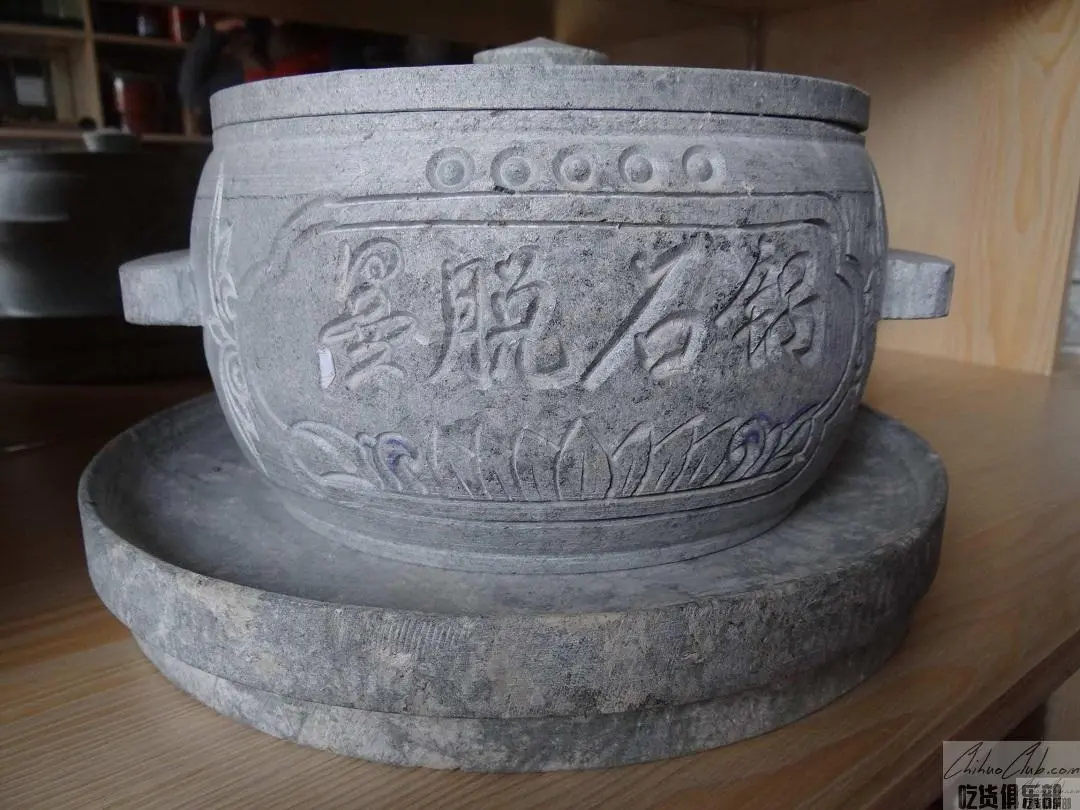
The raw material of the Medog stone pot is soapstone, which is produced on the cliffs on both sides of the Yarlung Zangbo River in the protected area. The color is grayish white and grayish brown. The Medog stone pot contains 16 kinds of trace elements such as sodium, magnesium, potassium, zinc, iron and calcium which are needed by the human body. In the process of cooking the food, it can promote the hydrolysis of the protein peptide chain into amino acids, so that the content of free amino acids increases. The cooked food is delicious and nutritious.